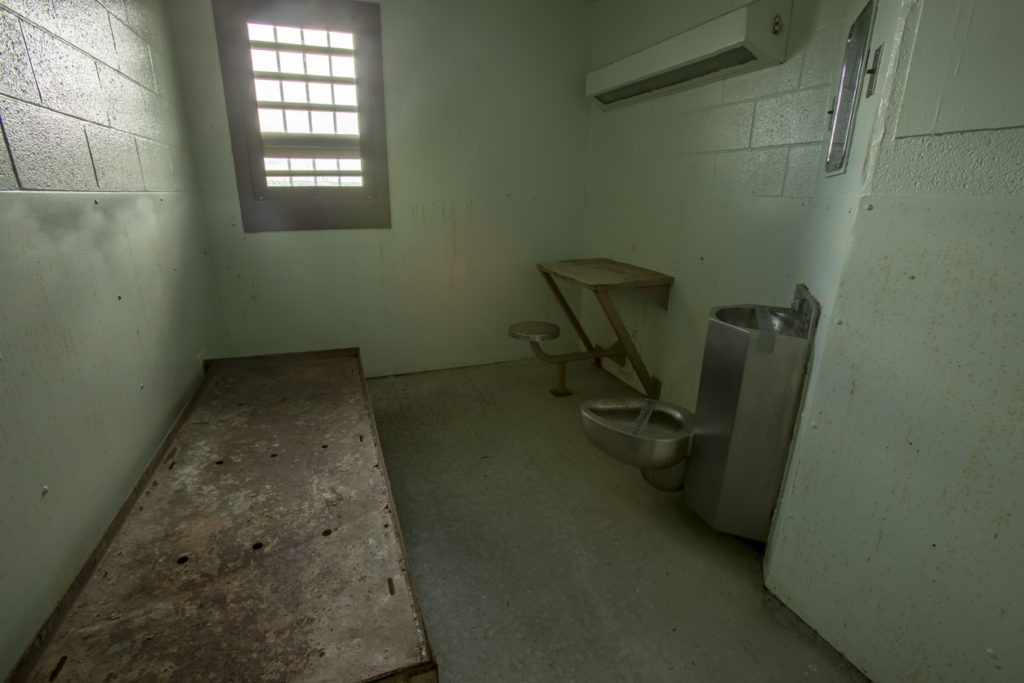Inmate Suicides Continue to Plague County Jails – Part 6

Recommendations to enhance suicide prevention made to the Texas Commission on Jail Standards (TCJS) continue below. Those that follow, however, aren’t necessarily the type suited to regulation and oversight:
When inmates are going through periods of high risk, increase awareness of those individuals and heighten suicide prevention procedures. Examples of high-risk periods include the days that precede and follow court appearances, admission into segregation, and anniversaries.
Expand the reporting requirements on custodial deaths to include the following:
- Had the inmate been identified as a suicide risk? This will provide a better understanding as to the degree of success as far as intake screening and identifying suicidal inmates. Policy implications differ depending on whether the failure is occurring at the identification level or at the prevention level.
- Provide more details on the detention status of suicide victims. It is suggested in suicide literature that profiles differ between pretrial inmates and sentenced inmates. Concerning inmates that have been sentenced, it is helpful to know the length of the sentence and the proximity of the death date to the sentencing date. This would help to determine how much of a role sentencing has in provoking suicidal behavior.
To learn more, see Part 1, Part 2, Part 3, Part 4, and Part 5 of this ongoing series. The next segment reveals some practices that should be avoided in the mission to prevent custodial suicides.
This website is intended to help current and former inmates in city and county jails in Texas and their families. It is never meant on this site to imply that impropriety has occurred on the part of any person or institution.
–Guest Contributor
